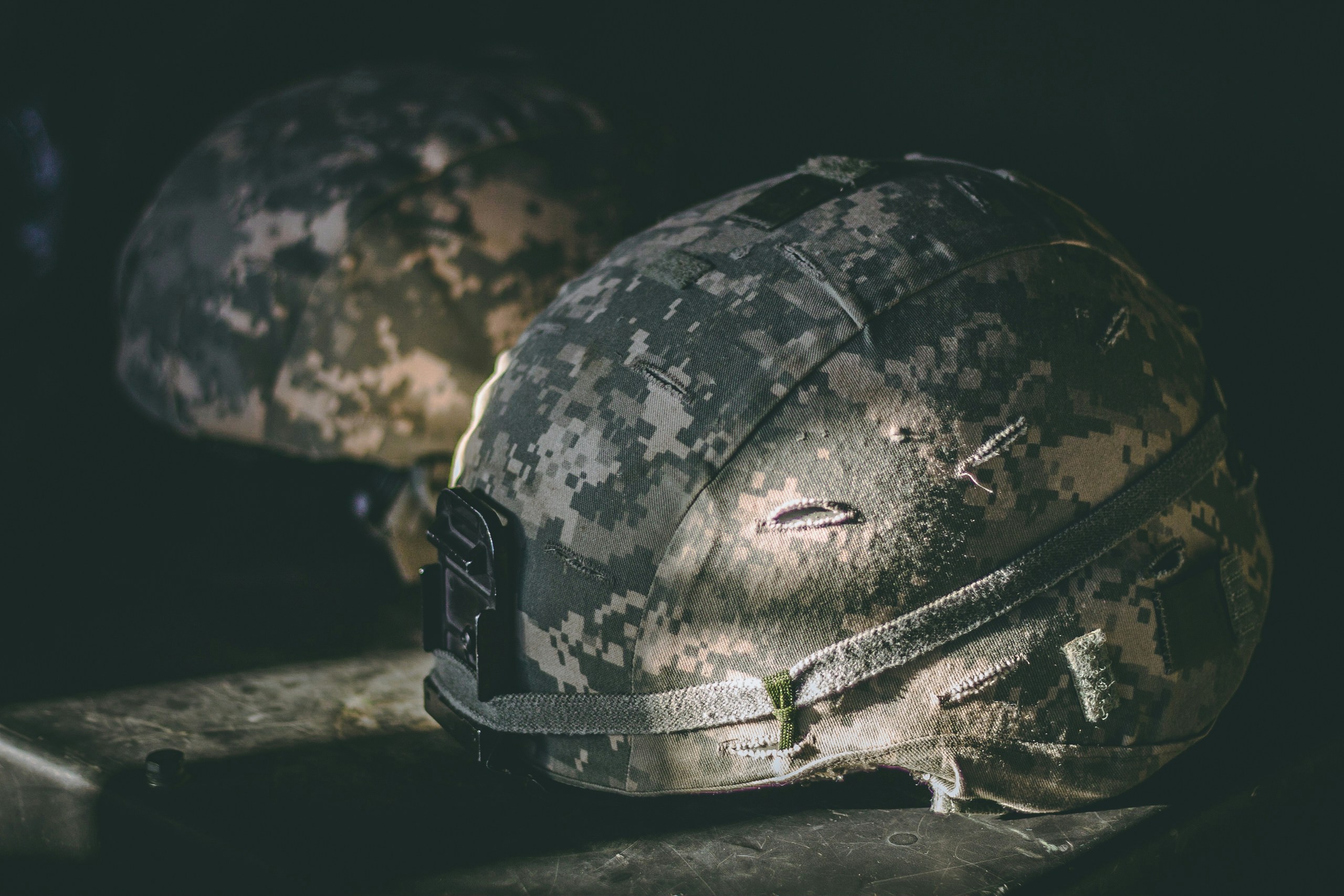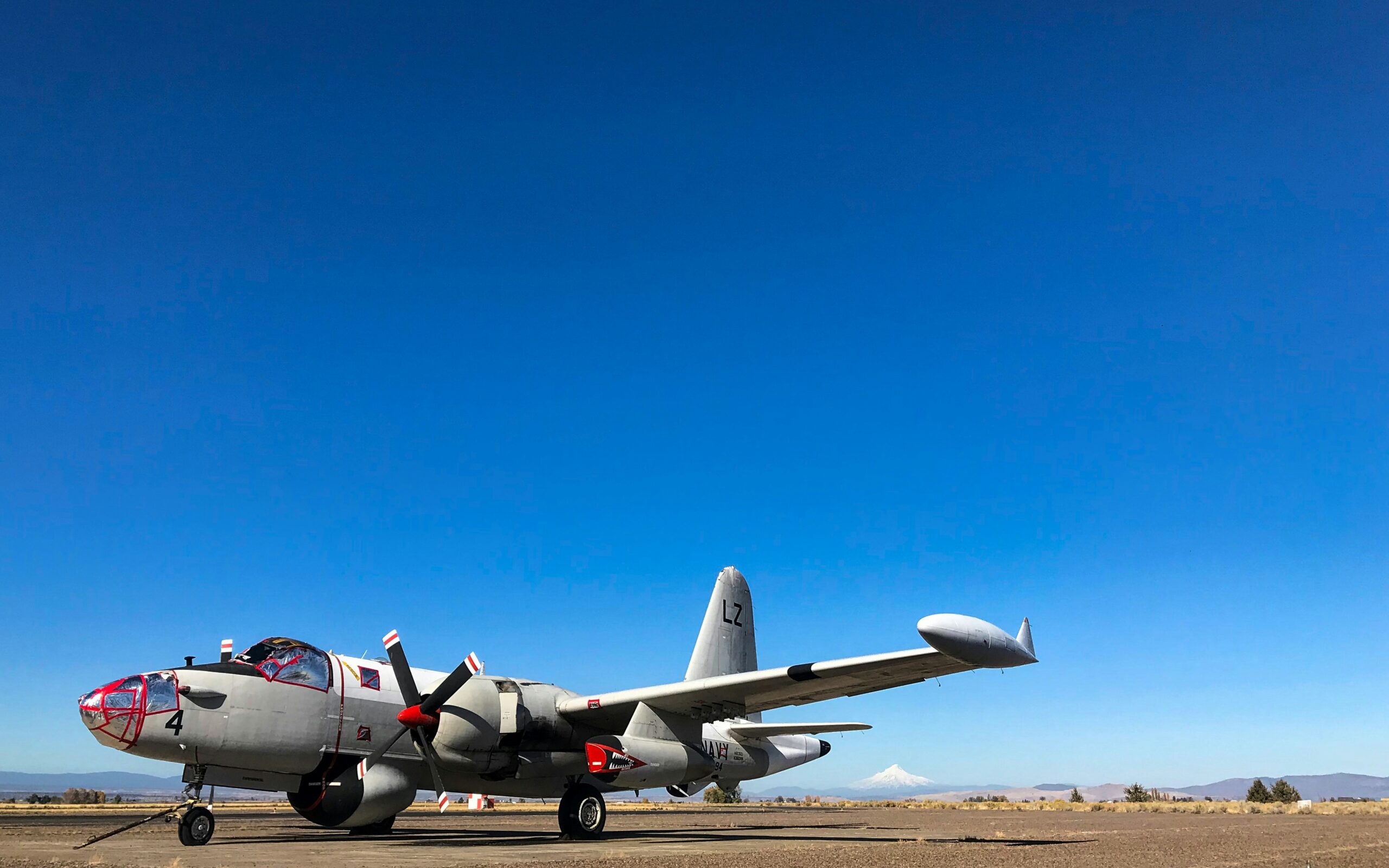Have you ever wondered how much military optics typically weigh? You’re not alone! Military optics play a significant role in modern warfare, significantly impacting soldiers’ performance in various situations. These tools provide enhanced vision, improve targeting, and thus can make a colossal difference on the battlefield. But with great functionality can come substantial weight, which can either assist or burden military personnel. While the world of military optics is abuzz with technological advancements and specifications, the weight is a fundamental but often overlooked aspect that deserves attention.

Understanding Military Optics
Before delving into details about weight, it’s important to grasp what military optics entail. Military optics include a range of devices including binoculars, rifle scopes, night vision goggles, and thermal imaging devices. Each of these devices serves a different purpose, helping military personnel see better and further in challenging conditions.
Types of Military Optics
There are various types of military optics, each with unique features and weights that cater to different operational requirements:
- Binoculars: Useful for general observation and surveillance.
- Rifle scopes: Designed to improve accuracy and target acquisition.
- Night vision devices: Allow visibility in low-light or nighttime conditions.
- Thermal imaging scopes: Detect heat signatures, ideal for a wide range of temperatures and environments.
Each type of optic has a specific role, contributing to the varied arsenal military operatives rely on for successful missions.
Importance of Weight in Military Optics
The weight of military optics can affect operational efficiency, mobility, and overall combat performance. Heavier equipment might offer more features but can reduce maneuverability and increase fatigue. Meanwhile, lighter optics might provide enhanced mobility but could compromise on certain functionalities. Striking the right balance is critical for maximizing effectiveness in the field.
Operational Efficiency and Mobility
Carrying weight matters in any military operation. Soldiers often carry extensive gear, and additional weight from optics can become challenging. Options that are lighter might allow for faster movement and lesser fatigue, crucial during prolonged engagements or in rugged environments.
Combat Performance and Fatigue
The longer a mission lasts, the more fatigue sets in. Managing the weight of optics can ease the physical burden on soldiers, helping them remain focused and effective. Lesser physical strain equates to better alertness and readiness, directly impacting mission success.
Weighing In: What Do Military Optics Typically Weigh?
Now that we’ve laid the groundwork, let’s weigh the specifics. Military optics come in a range of weights, reflecting their diverse functionalities and intended applications. Here’s a typical breakdown of the weights for the most common military optics:
Binoculars
Military-grade binoculars are rugged and reliable. Their weight can vary significantly based on magnification power, lens size, and durability features. Typically, these might weigh between:
- Standard binoculars: 1.5 to 3 pounds (0.68 to 1.36 kg)
- High-power binoculars: 3 to 5 pounds (1.36 to 2.27 kg)
Rifle Scopes
Rifle scopes are pivotal for targeting precision. Their weight can be heavily influenced by the technology incorporated, such as optical power and reticle illumination:
- Standard rifle scopes: 1 to 2 pounds (0.45 to 0.91 kg)
- Advanced rifle scopes: 2 to 3.5 pounds (0.91 to 1.59 kg)
Night Vision Devices
Night vision devices provide critical visibility under low-light conditions. Their weight can vary depending on technology, such as whether they are monocular or binocular devices:
- Monocular night vision goggles: 0.5 to 1.2 pounds (0.23 to 0.54 kg)
- Binocular night vision goggles: 1.5 to 2.5 pounds (0.68 to 1.13 kg)
Thermal Imaging Scopes
Thermal imaging scopes are essential for detecting heat variations. Their robust technology translates to a more substantial weight:
- Handheld thermal scopes: 1.5 to 2.5 pounds (0.68 to 1.13 kg)
- Mounted thermal scopes: 3 to 5 pounds (1.36 to 2.27 kg)
Below is a table summarizing these typical weights:
| Optic Type | Typical Weight Range |
|---|---|
| Standard Binoculars | 1.5 to 3 pounds (0.68 to 1.36 kg) |
| High-Power Binoculars | 3 to 5 pounds (1.36 to 2.27 kg) |
| Standard Rifle Scopes | 1 to 2 pounds (0.45 to 0.91 kg) |
| Advanced Rifle Scopes | 2 to 3.5 pounds (0.91 to 1.59 kg) |
| Monocular Night Vision | 0.5 to 1.2 pounds (0.23 to 0.54 kg) |
| Binocular Night Vision | 1.5 to 2.5 pounds (0.68 to 1.13 kg) |
| Handheld Thermal Scopes | 1.5 to 2.5 pounds (0.68 to 1.13 kg) |
| Mounted Thermal Scopes | 3 to 5 pounds (1.36 to 2.27 kg) |
The Evolution of Military Optics
Innovation has continuously reshaped the landscape of military optics. Initially, optics were bulky, made from heavy glass metals. However, technological advancements have ushered in a new era where materials like advanced polymers and composites play a pivotal role in making optics lighter yet more durable.
Materials and Technology
The incorporation of lightweight materials such as carbon fiber and high-grade polymers has undeniably influenced the weight of modern optics. Furthermore, technology advancements such as compact circuitry for enhanced capabilities have optimized the design to retain functionality while minimizing weight.
Improving Functionality Without Adding Weight
Technological strides focus on adding functionalities such as better magnification, night vision, and range-finding capabilities without significantly increasing weight. For instance, many new models have built-in range-finding and image stabilization features that previously required separate equipment.

Challenges in Designing Military Optics
Designing military optics necessitates a delicate balance between weight, durability, and functionality. Several challenges arise in the pursuit of producing optimal products.
Balancing Act: Durability vs. Weight
Rugged environments demand optics that can withstand tough conditions without failing. However, beefing up durability often results in added weight. Manufacturers strive to use innovative materials and designs that enhance resilience without burdening the user.
Advanced Technology and Design Constraints
With cutting-edge features come design constraints. Adding more functionalities can detract from resource efficiency, increasing weight and complexity. It’s crucial to ensure that any added weight justifies the benefits provided by the technology.
Factors Influencing the Weight of Military Optics
Several factors contribute to the overall weight of military optics. These aspects vary across different types of optics and influence the total operational effectiveness.
Lens Size and Optical Power
The size and quality of lenses are directly connected to weight considerations. Larger and more intricate lens systems can enhance optical power but typically add to the overall weight. Manufacturers try to balance magnification power with weight considerations to meet user needs.
Battery Dependency and Power Sources
With electronic advancements in optics, battery dependencies often add weight to devices. Innovations in electronics aim to offer better power solutions that reduce reliance on heavy batteries without compromising device performance or runtime.
Mounting Systems and Accessories
Optics may require mounting systems or other accessories that can contribute appreciably to the total weight a soldier must carry. These systems need to be both robust and lightweight, ensuring ease of use without compromising efficiency.

Looking to the Future: Trends in Military Optics
The evolution of military optics is far from over, and emerging trends promise to reshape this arena further, impacting future military operations.
Emerging Technologies and Materials
Research into new materials, such as metamaterials and advanced composites, foreshadows the next breakthrough in reducing the weight of military optics while enhancing their capabilities. These materials promise ultra-light configurations with improved durability and optics performance.
Miniaturization and Integration
Miniaturizing technology paves the way for optics that are lighter without sacrificing performance. Additionally, integrating multiple functionalities into single compact units can reduce the need for separate equipment, streamlining the weight burden.
Practical Considerations When Choosing Optics in Military Applications
Selecting the right optics goes beyond just weighing options. Practical considerations include an assessment of mission requirements, environment, and user preferences. Optics need to match the tactical strategies employed and the environments encountered in a mission-ready package.
Mission-Specific Needs
Different missions have varying optics requirements. Understanding these needs helps in selecting optics that provide the necessary functionalities without unnecessary weight. Whether the mission demands long-range surveillance or close combat precision, understanding the task at hand informs better choices.
Environmental and Terrain Considerations
The operational environment significantly impacts the choice of appropriate optics. Challenging terrains and diverse climatological conditions necessitate optics that can offer reliable performance with optimal weight distribution.
User Feedback and Customization
End-user feedback plays a vital role in designing next-gen military optics, focusing on customization and ergonomic considerations to improve both performance and comfort.
Conclusion
Understanding the typical weight of military optics is key for anyone interested in military technology or involved in related operations. The delicate balance between functionality, weight, and durability remains paramount. While advancements reduce weight and improve technology, practical considerations based on mission needs and environmental factors guide informed decisions.
Crafting the most effective military optics requires innovation with a keen eye on the needs of users on the ground. As technology continues to progress, future weights will likely decrease even further, enabling military forces to operate more efficiently and effectively than ever before. Each gram counts, and finding the optimal weight is critical for maintaining the upper hand in military engagements.
